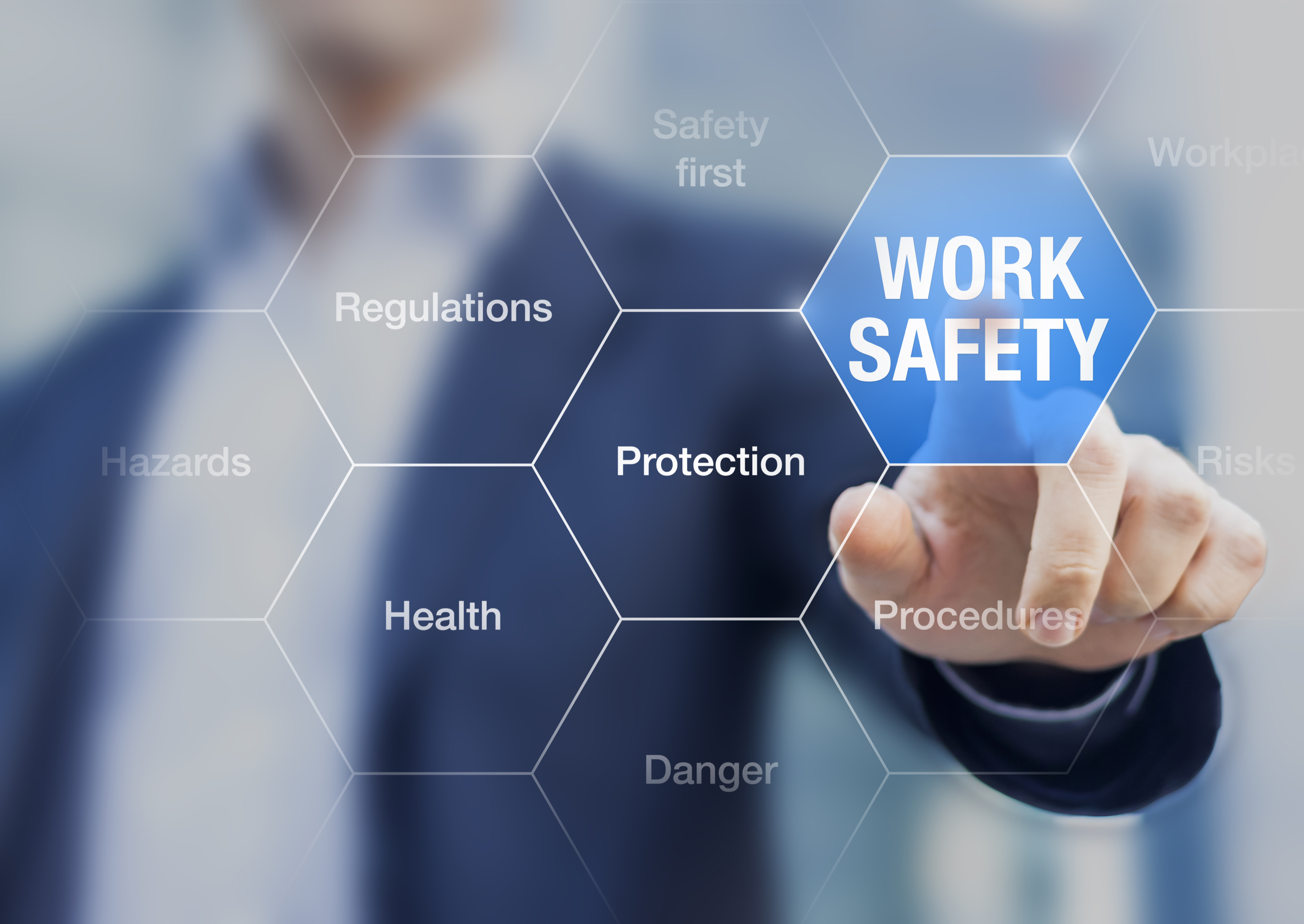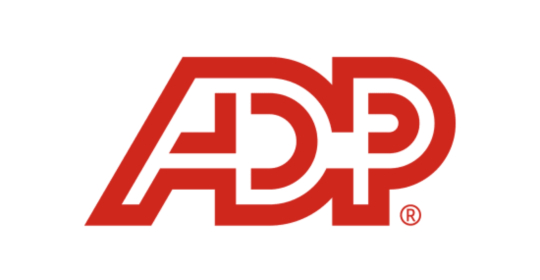Preventative maintenance
All equipment and machinery should be properly maintained to prevent accidents and injuries. This includes regularly inspecting equipment for wear and tear, performing routine maintenance, and repairing or replacing any damaged parts. A regular maintenance schedule should be in place for all equipment and machinery.
Proper safety training
All workers should receive proper safety training before beginning work on a job site. This training should cover topics such as how to identify hazards, how to properly use personal protective equipment, and what to do in an emergency situation. This might also include first aid and CPR training for some or all workers. Work is dangerous and painful for too many people and proper safety training can help mitigate the threats.
Use of personal protective equipment
Personal protective equipment, or PPE, is required for all workers on a job site. This includes items such as hard hats, safety glasses, and gloves. Workers should be properly trained on how to use and care for their PPE.
Hazard identification and control
Hazards must be identified and controlled on a job site. This includes physical hazards, such as trip hazards and electrical hazards, as well as chemical hazards. Workers should know how to identify hazards and what to do to avoid them.
Safe work practices
Safe work practices must be followed on a job site. This includes proper lifting techniques, using the correct tool for the job, and avoiding unnecessary risks. Workers should be familiar with all safe work practices and follow them at all times. Not only that but these practices should be guaranteed as part of the labour contract.
Designated safe area
All job sites should have a designated safe area where workers can go in the event of an emergency. This safe area should be clearly marked and away from any potential hazards. There should also be leaders or people on site who are responsible for ushering people towards these places in the event of an emergency.
Emergency procedures
Emergency procedures should be in place on all job sites. These procedures should include what to do in the event of a fire, flood, or other disaster. There should also be a designated person responsible for calling 911 in the event of an emergency.
Personal protective equipment
All workers must wear proper personal protective equipment when working on a job site. This equipment should include items such as hard hats, safety glasses, and gloves.
Safe work practices
All workers must follow safe work practices while on the job. This includes things like using proper lifting techniques, avoiding dangerous areas, and following all safety signs and warnings.
Hazard communication
All workers must be made aware of any potential hazards that they may encounter on the job. This includes things like chemicals, electricity, and heavy machinery. This is one of the health and safety practices that should be immediately communicated to new hires.
Regular safety inspections
All job sites must be regularly inspected for potential hazards. These inspections should be conducted by a qualified individual and any hazards that are found should be corrected immediately.
Accident reporting
All accidents that occur on a job site must be reported to the proper authorities. This includes injuries, near misses, and property damage.
Emergency procedures
All job sites must have emergency procedures in place in case of an accident or other emergency. These procedures should include who to contact and what to do in various situations.
Personal hygiene
All workers must maintain good personal hygiene while on the job. This includes things like washing hands regularly and keeping work areas clean. This is an especially important part of health and safety in the post-covid era.
Drug and alcohol policy
All job sites must have a policy in place regarding drugs and alcohol. This policy should include things like drug testing, prohibition of use during work hours, and consequences for violations.
Conclusion
These are 15 of the most important worker safety regulations to have in place on any job site. By following these regulations, you can help to ensure the safety of all workers, avoid unnecessary accidents and injuries, and create a more productive work environment. By showing your employees that you take their and their coworkers' safety seriously, you let people know that you see them as human beings whose lives are worth protecting.






